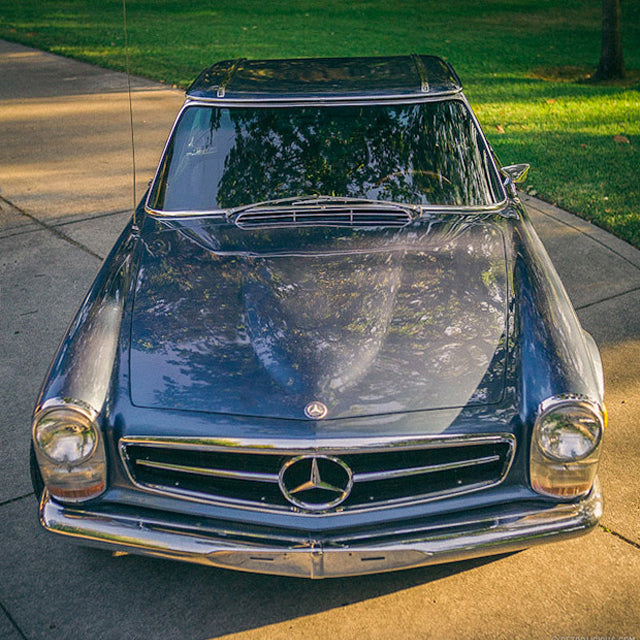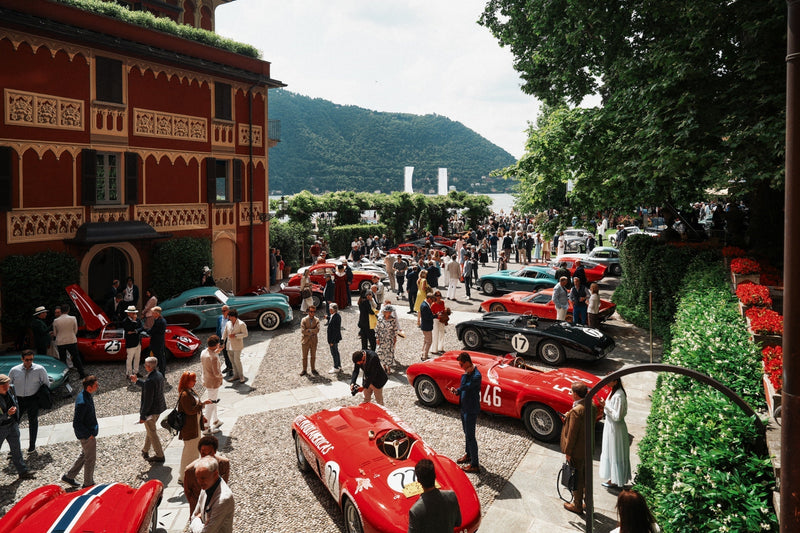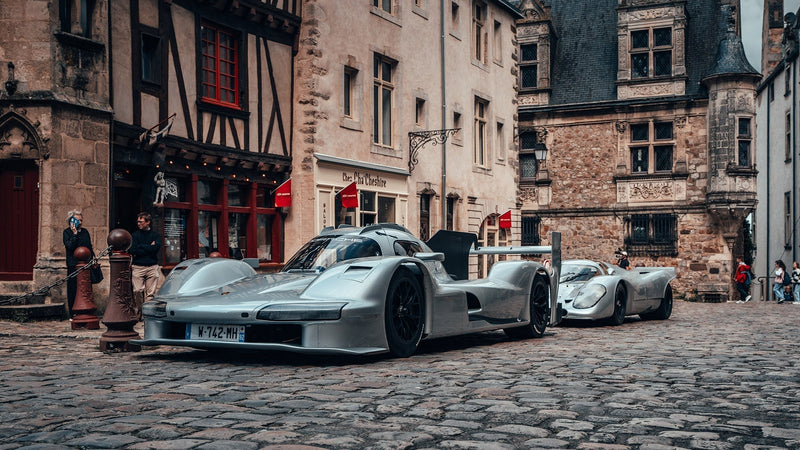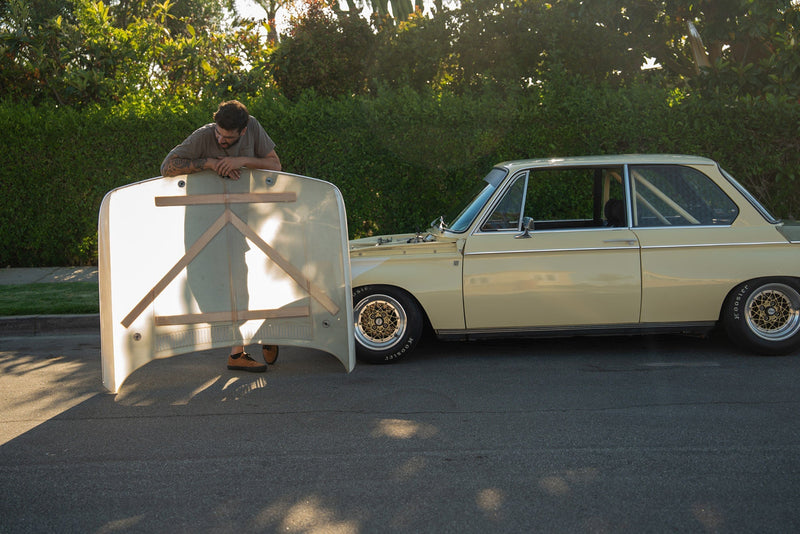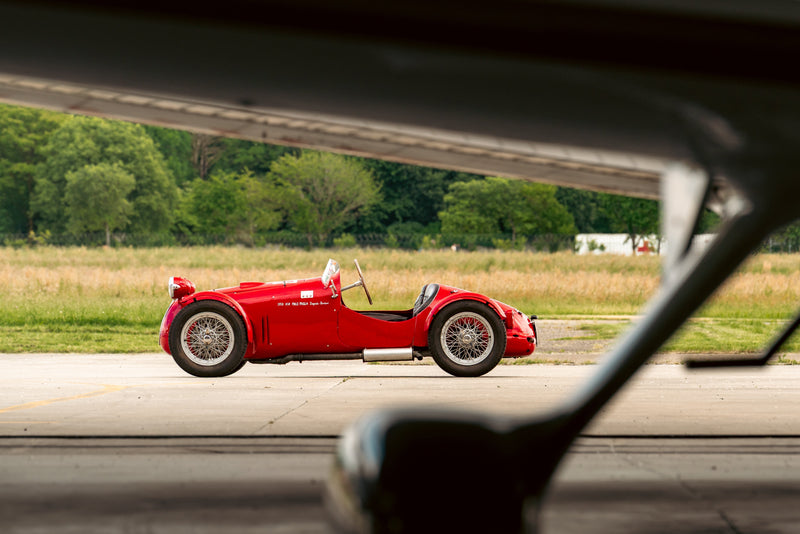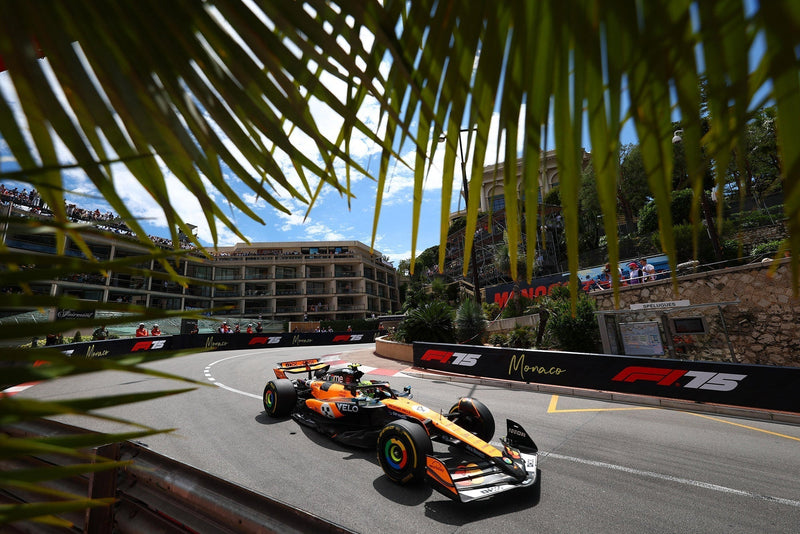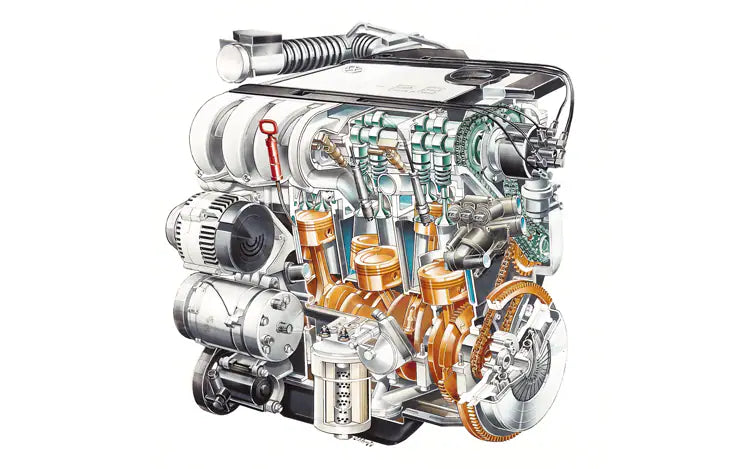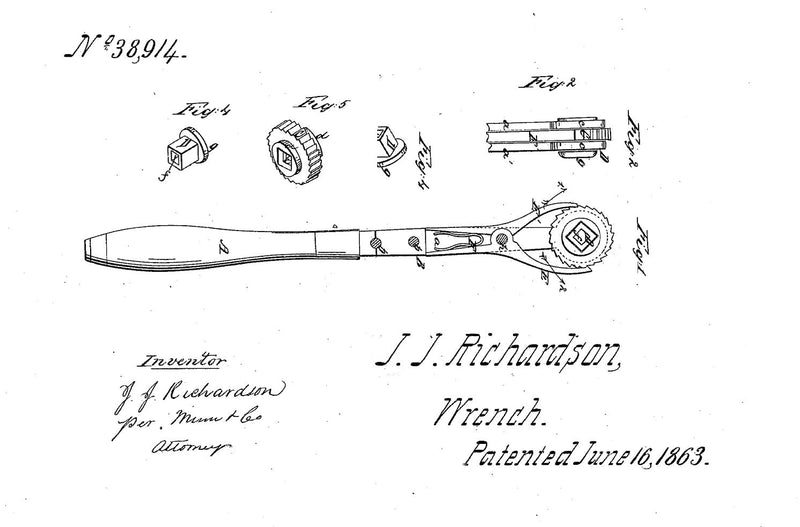As a boy, Paul Bracq, born in 1933, in Bordeaux, France, built model cars out of wood. Both copies of existing models and ones he dreamed up from his imagination must have provided the first building blocks for his eventual career. As a student, Bracq proved himself to be gifted and was accepted at the Ecole Boulle, an advanced public school of fine arts and crafts and applied arts in Paris, France, where in his final year he won First Prize in the sculpture in wood competition. The end of his education found Bracq employed, and drafting full size drawings in 1953 at the Chamber of Coachbuilders Association in Paris–yet more building blocks that would prove useful. One year later, he'd find himself in the studio of famed industrial designer Philippe Charbonneaux where he served as Charbonneaux' assistant for the next two years. During this period, the studio produced the designs for the French Presidential limousine built by Citroën, and a one-off Pegaso coupe, amongst others. Bracq left the studio to begin his mandatory military service from late 1954 to 1957, however the industrious Bracq wouldn’t let something like military service stop him from his goal of designing cars.

Assigned to a military base in Germany, which was still under Allied “occupation”, Bracq managed to find his way to the Daimler-Benz factory where he boldly exhibited some of his drawings and sketches. One meeting was all it took for the director of design to offer Bracq a position should he want it at the end of his military service–chief of design at the company’s advanced design studio in Sindelfingen. It must have been quite some meeting, and Bracq wanted the position. Starting in 1957 Bracq set about to influence Mercedes style–starting with the roofs of the 190 SL, he moved on through to the 230 SL / 250 SL / 280 SL “Pagoda”, but also iconic platforms such as the W108 and W109, the 600 (W100), but also the W114 and W115 series.
After a decade at Mercedes, Bracq returned with his family to France. The next few years found Bracq working for the firm of Brissonau & Lotz where he was responsible for the design of the French TGV, a high-speed passenger train. Still, he never really lost his passion for cars, and he designed prototypes of a sports car based on the BMW 1600ti and a coupé based upon the Simca 1100. Impressed with his work, the Bavarian company took Bracq on as BMW adjoining chief of design in 1970. Until the middle of the decade, Bracq would be responsible for all BMW models, and this would coincide with critical period of the company's growth–the BMW 520, BMW 2002 Turbo, the first BMW 3 series (E21), and the BMW 6 series, the Shark nose coupe. Bracq also designed the Turbo prototype that had gullwing doors and preceded the mighty BMW M1–the Revue Automobile Suisse elected it in the best concept car in 1973. Above all, Bracq was given free reign and little restrictions on what he could and couldn’t do–"I could express with complete freedom my ideas concerning automobile style while respecting the image of BMW of the Seventies”. That is true of very few companies today.
Bracq returned to France again in 1974 where he finished out his career as chief of interior design at Peugeot. His work on the 305, 505, 205, 405, 106, 406 and 206 was a high-water mark for the French company. He even managed to design a "Pope-mobile” prior to his retirement in 1996. Today, Paul Bracq is still active in the automotive community. He judges in many automotive concours, and as noted in a previous article on Petrolicious, Bracq continues to create cars through his paintings and sculptures. The old man has life and work left in him yet.




